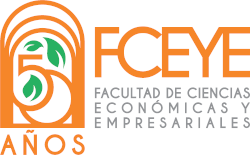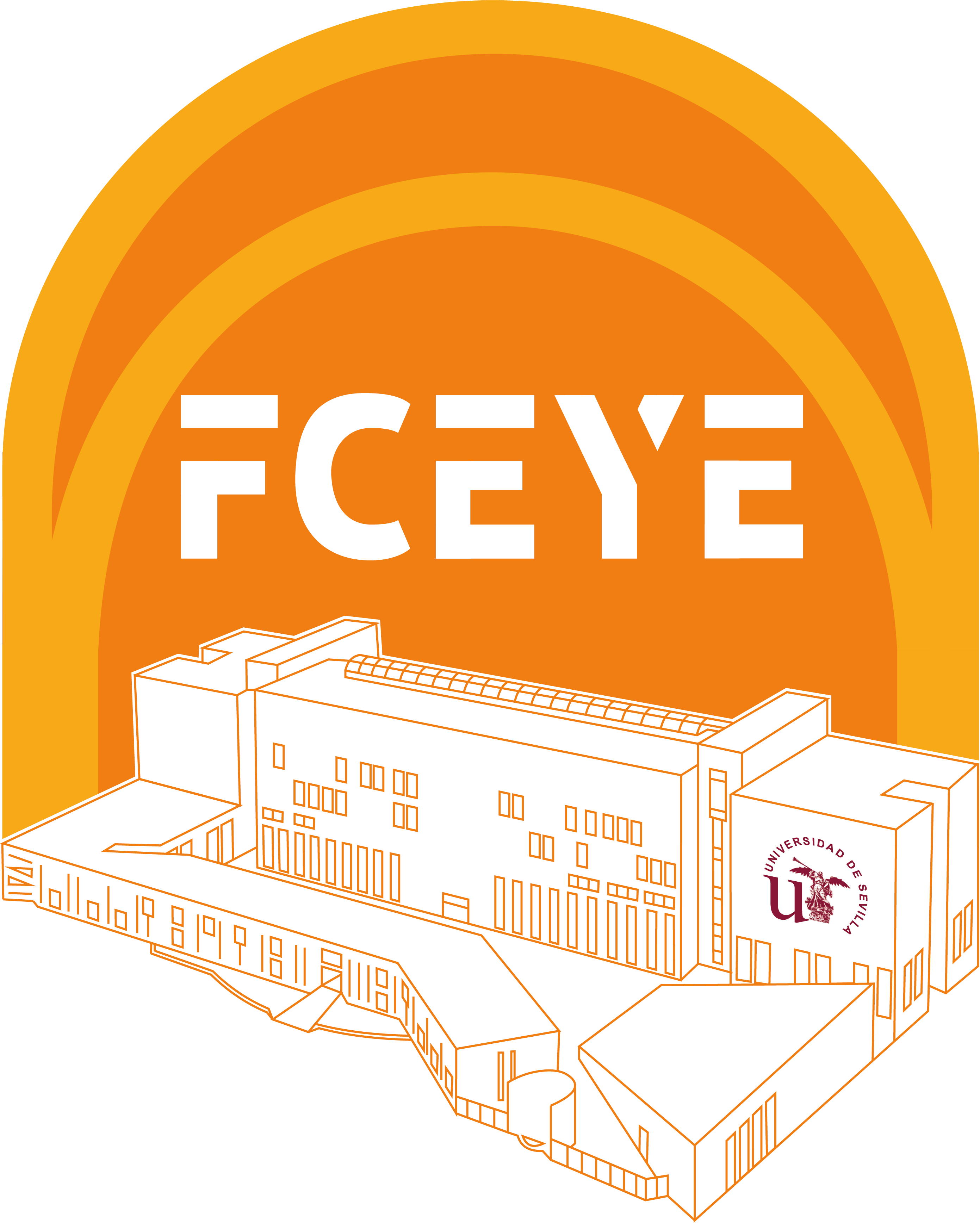Food, monetary, energy, and socio-environmental features of a post-cacao agroforestry system in the Ecuadorian Amazonia: the case of Rukullakta
María‑José Viejó‑Bautista, Angie Higuchi y Daniel Coq‑Huelva
Keywords: Amazonian Kichwa agroforestry systems , Communitarian food self-sufficiency, Energy analysis, Ecuador, Amazonia.
The indigenous agroforestry systems of the Ecuadorian Amazonia, known as chacra, are traditional agricultural spaces that combine market crops with products for subsistence, integrating ancestral knowledge, biodiversity, and sustainability. This study, carried out in the Pueblo Kichwa de Rukullakta (PKR), in the Napo province, analyzes the food, monetary, energy, and socio-environmental characteristics of these chacras, especially following the recent transition from a cacao-centered system to one based on guayusa as the main cash crop.
The research is based on the recognition that the Amazonia is an essential region for global ecological balance, although threatened by deforestation, cattle ranching expansion, and extractive activities. In light of this, Kichwa agroforestry systems represent a sustainable alternative that conserves soils, stores carbon, and maintains high biodiversity. In 2023, the FAO officially recognized Ecuadorian chacras as Globally Important Agricultural Heritage Systems (GIAHS) due to their ecological and cultural value.
The study aimed to understand the integral functioning of the chacras, analyzing their dual nature, monetary and subsistence from a transdisciplinary perspective that combines anthropology, economics, ecology, and agronomy. To this end, a mixed methodology based on critical realism and grounded theory was applied. Ten semi-structured interviews were conducted with farmers and local experts, along with 60 surveys in five communities in Rukullakta. The interviews explored family habits, production and consumption patterns, and relationships with markets; while the surveys allowed for the construction of economic, social, and energy indicators.
The results show that Kichwa chacras are diversified polyculture systems, dominated by guayusa, cacao, coffee, plantain, cassava, corn, and, to a lesser extent, peanuts and beans. Complementary activities such as poultry and fish (tilapia) farming are also maintained. Four or five main species are cultivated simultaneously in more than 80% of the chacras. Unlike previous studies where cacao was the only cash crop, in Rukullakta a clear diversification is observed, driven by community promotion of guayusa.
From an economic perspective, incomes are very limited: the average effective monetary income is US$ 1,584 per family per year, equivalent to approximately US$ 27.63 per person per month, a figure below the extreme poverty line in Ecuador. Guayusa contributes more than 50% of total income, followed by cacao (25%) and coffee (12%). Despite this monetary poverty, the chacras guarantee a significant degree of food self-sufficiency, as 32.1% of the energy produced is used for family consumption.
In terms of energy, the chacras produce 36.3 GJ per hectare, with a yield sufficient to cover families' basic needs. Small families (average 4.78 members) obtain about 1,963.8 kcal per person per day, placing them at the lower limit of food security. This balance is maintained thanks to crops such as plantain, which has become the mainstay, offsetting the reduction in cassava production caused by the agouti plague “guatusa” in local Spanish or Dasyprocta fuliginosa.
The study identifies a territorial stabilization of the system: 97% of farmers have maintained the same crop areas for years, marking the abandonment of the itinerant slash-and-burn model. Current chacras are small (average 2.5 hectares) and are managed almost exclusively with family labor (about 38 hours of work per week per chacra). Managing them without fertilizers or agrochemicals reduces costs and preserves the ecological balance.
Statistical analyses show that energy production increases with the size of the extended family, the area under cultivation, and the proportion of plantain in the diet. This suggests that chacras adjust their production based on food needs, intensifying family labor without relying on external inputs. However, once basic needs are met, no further expansion is observed, reflecting a socio-environmental rationale of balance rather than accumulation.
Regarding recent changes, three main vectors of change and transformations were identified: (1) territorial stabilization and sustainable soil management, which favor carbon storage and forest regeneration, (2) food transformation, marked by the decline in cassava cultivation and the increase in plantain as the basis of the family diet, and (3) diversification of cash crops, especially guayusa, which has partially replaced cacao as a source of income.
Despite their ecological sustainability, Kichwa chacras face economic vulnerability and food stress associated with pests and low yields. Sustainable intensification strategies, such as improved crop varieties, agroforestry techniques that promote soil conservation and fertility, and small-scale livestock production are proposed to address these challenges. These measures might substantially increase yields while remaining environmentally sustainable and socially fair.
The case of Rukullakta clearly illustrates how these agroforestry systems ensure subsistence, conserve biodiversity, and reflect ongoing transformations in land use, food security, and income diversification. Although monetary income remains low, chacras offer key insights for sustainable development planning in the Ecuadorian Amazonia under increasing external pressures.


















